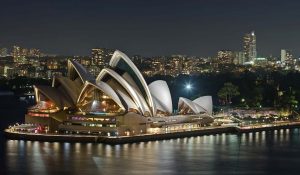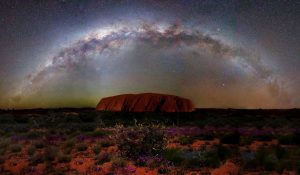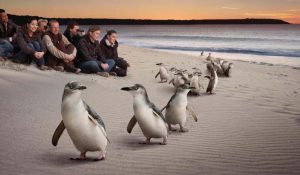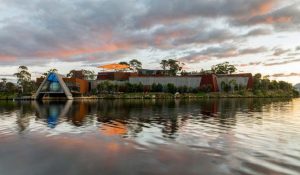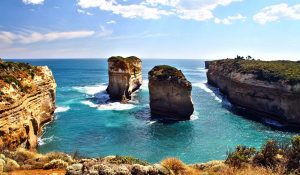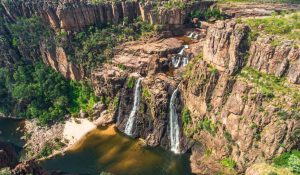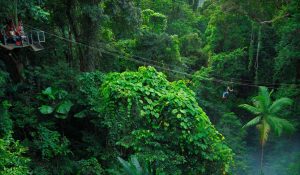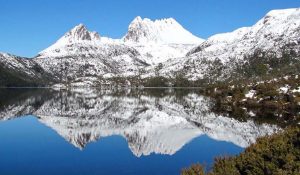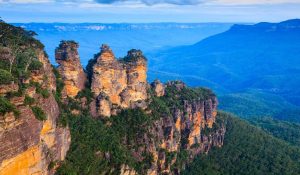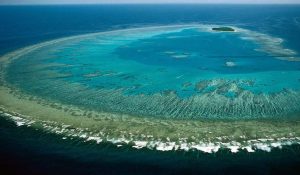Melbourne is a CBD (Central Business District) centralised city. By that we mean that: if you are in the CBD it is relatively easy to get most places by public transport, whereas if you are not, it can be a case of travelling to the CBD first before going where you need to go. There are many transit routes that travel radially out of the city in all compass directions. Even if you are travelling by car, there are interesting things in all compass directions from the CBD anyway. RTSRE itself and the Visualisation Conference are both in the CBD and the majority of the social events are intended for this area. The two events planned to be outside of the CBD are most easily accessed by starting from the CBD. Therefore, we recommend staying around the CBD area.
There are far too many accommodation choices in the CBD to even begin to summarise them. Hotels and accommodation options are very well regulated in Australia and, basically, you get what you pay for. We are happy to help you out directly with your choice via email if it is a little overwhelming, if you want the finest luxury suite you can find or if you want to save every last $. You can actually save quite a lot of money if you have a larger group and want to hire a house 5-10 minutes train ride from the CBD. If you want advice just email us here.
On the map presented here, we suggest a general border within which to find accommodation. Within this region you will be swamped with public transit options, much of it free as the trams in the city area are free to travel on. At worst, the cost would be a few dollars a day. The big F represents Flinders Street station, which is where most public transit within Melbourne comes and goes from. The S represents Southern Cross station, this is where most public transit to and from regional (non-metropolitan) Victoria as well as the Airport comes and goes from.
Within this general red border, we break the city into three regions. North of the blue line, the city is largely medium-density single houses and post-industrial gentrified areas. Particularly on the Eastern side of the region near Brunswick Street and Smith Street you will find a wealth of restaurants, craft beer, craft wine bars, small art galleries and people eating smashed avocado on toast. It is probably around this region you might like to look for inner city Airbnb options.
The next region is south of the Green line, which largely follows the Yarra River. This area is called “Southbank”. It is essentially the arts centre of the city, which is quite extensive as well as being close to the, also extensive, Royal Botanic Gardens. The reason that this is a suggested region is that it would be the quietest of the three regions but still in easy walking (and tram) distance of all the action in the CBD.
The middle region is the CBD itself. There are an infinite amount of accommodation options, alleyways, bars, restaurants, street art and… just about anything you can think of… and then you will find a secret alleyway with much more. It is where most of the social events for the conference will be held. It is also the easiest region to travel to those co-located events that are outside of the city centre. Staying somewhere within a comfortable walk to Flinders Street Station will serve you well if you are staying in this region. The only drawback is it is the very centre of the city so can be quite busy… but that can also be an attraction!
Accommodation for larger groups
For those who are travelling in a group of 4 or more, it could be very cost-effective to find a house with multiple bedrooms outside of the CBD. Most of the inner city suburbs, particularly to the North or East of the CBD are very good options. Particularly Richmond, West Richmond, North Richmond, Collingwood, North Melbourne, Clifton Hill and Westgarth are good options if you find a place within easy walk of the train station. Fitzroy, Fitzroy North and Carlton North are good locations that have good tram line access to the CBD.

